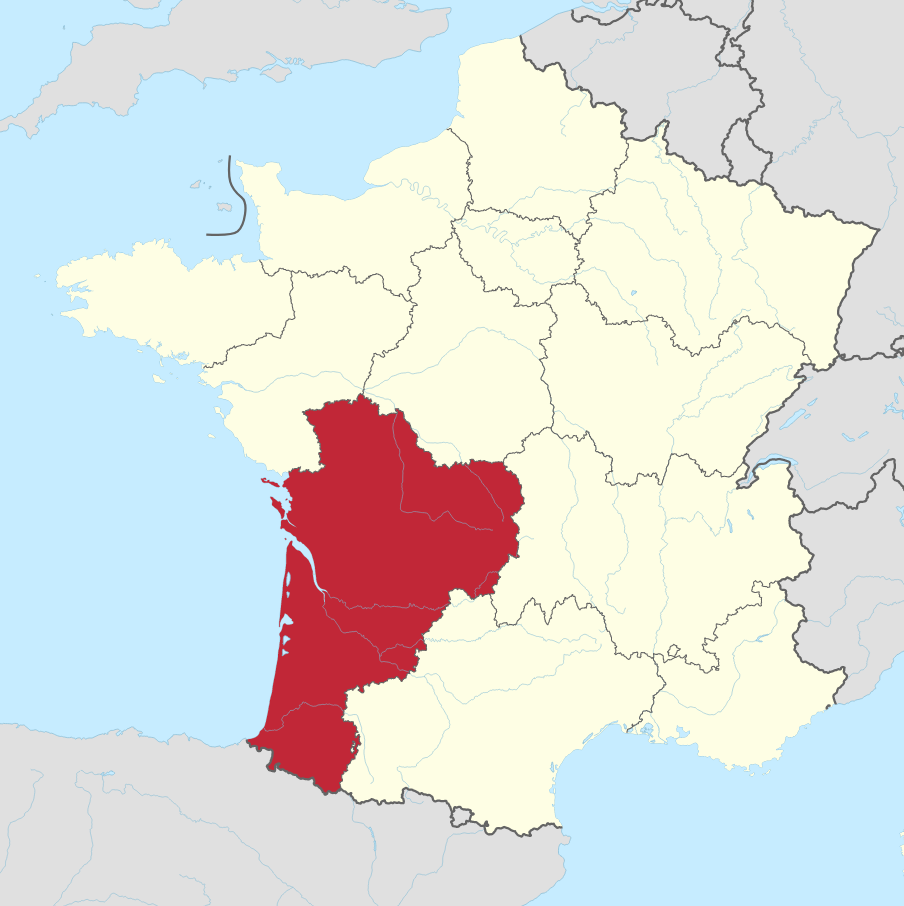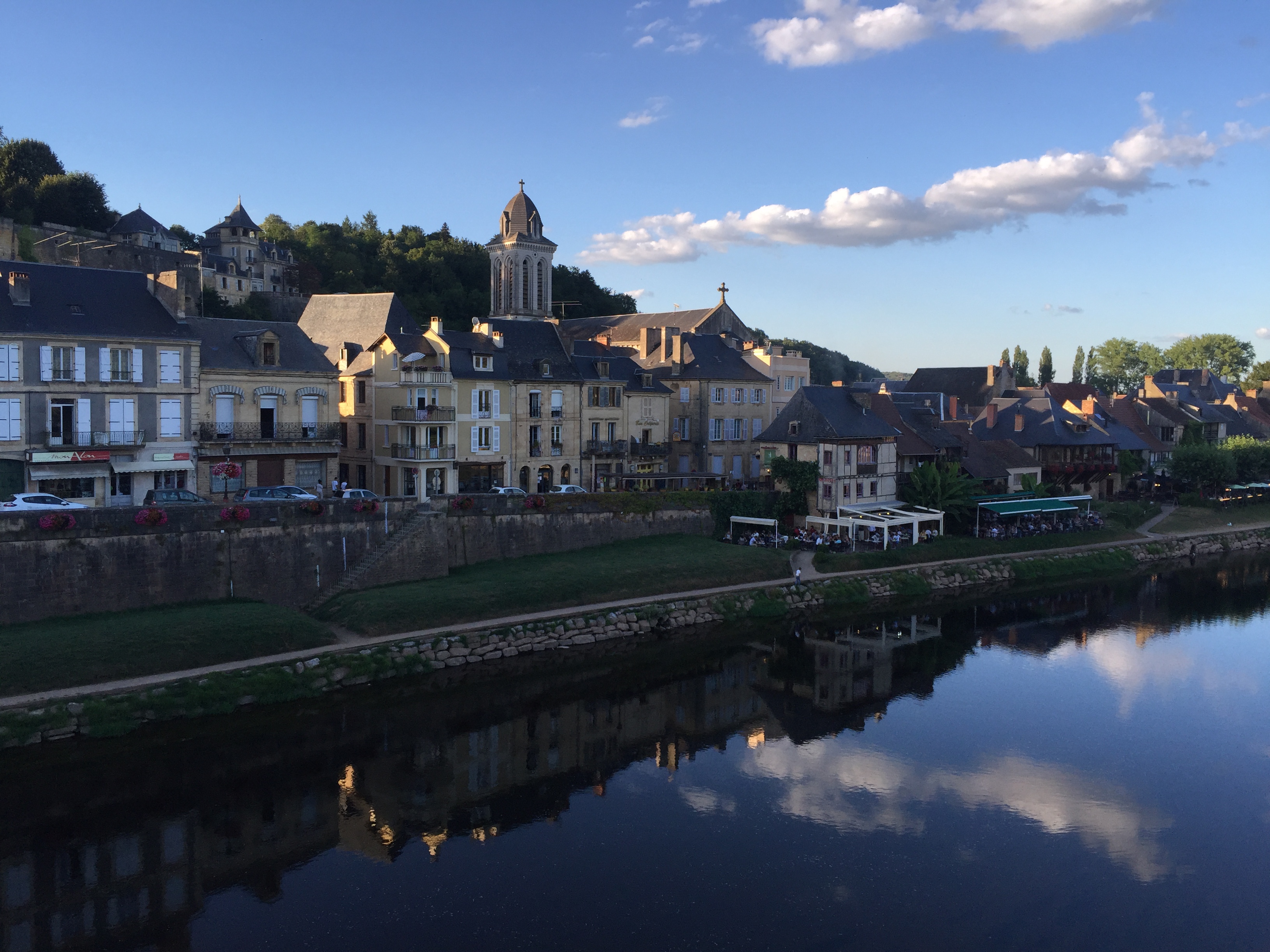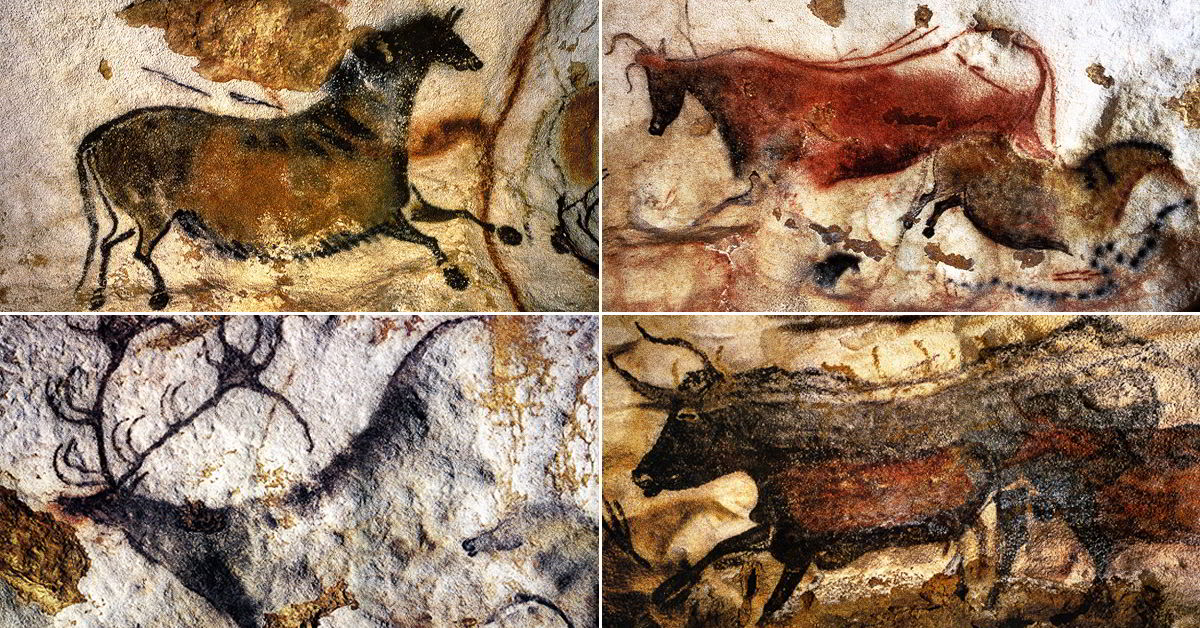Nouvelle-Aquitaine
Covering the South West of the country on the Atlantic coast is the largest region of France, made from the unification of three former regions – Aquitaine, Limousin and Poitou-Charentes.
With the internationally famous wine region of Bordeaux acting as regional capital, “New Aquitaine” was born in 2014 and is as diverse a region as it is surprising.
Key places to visit if you have the time to explore this wonderful region are the cities and towns of:
- Bordeaux
- Angoulême
- Limoges
- Périgueux
- Montignac



